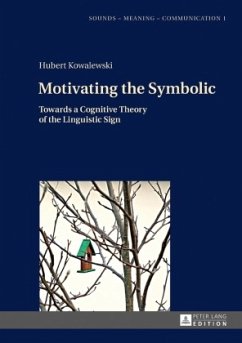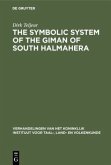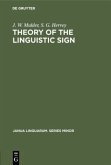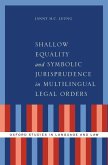The book outlines a new approach to the study of motivation in language, which is firmly rooted in the paradigm of cognitive linguistics, but it is developed in critical (and constructive) dialogue with classical theories in semiotics: Ferdinand de Saussure's structural linguistics and Charles S. Peirce's model of the sign. The author's proposal hinges upon the Peircean distinction between iconic, indexical, and symbolic signs, but the classical typology is reinterpreted within the framework of cognitive linguistics. The approach does not seek to "categorize" different linguistic expressions into one of the three Peircean types, but attempts to capture the dynamicity of meanings in terms of iconicity, indexicality, and conventionality. The book presents an analysis of selected vocabulary and morphosyntactic structures of English.
Bitte wählen Sie Ihr Anliegen aus.
Rechnungen
Retourenschein anfordern
Bestellstatus
Storno








